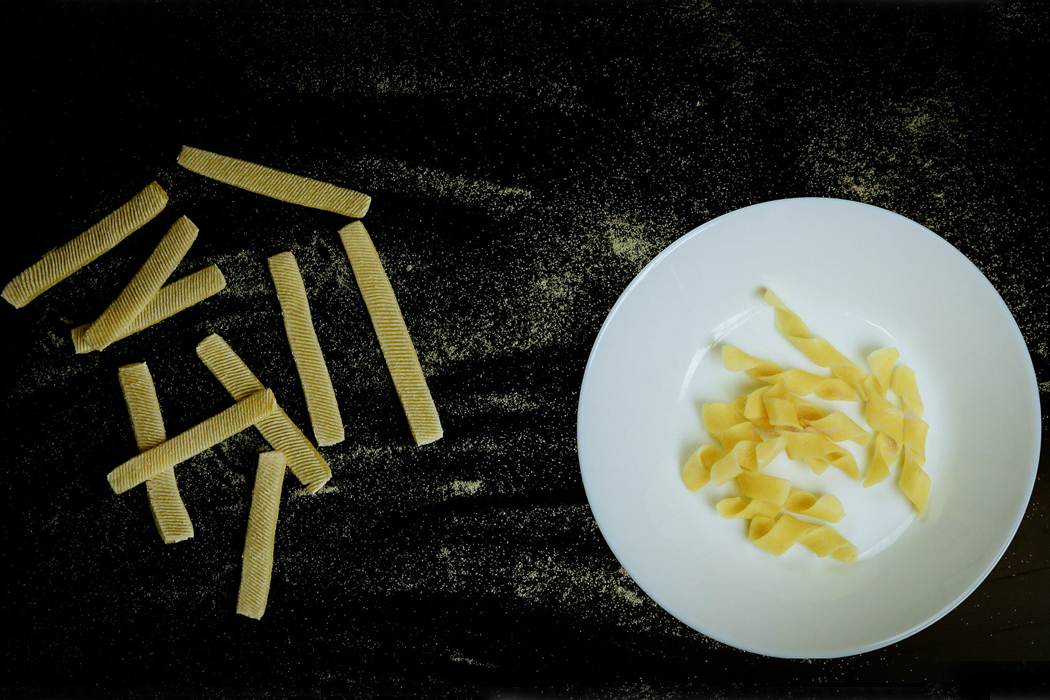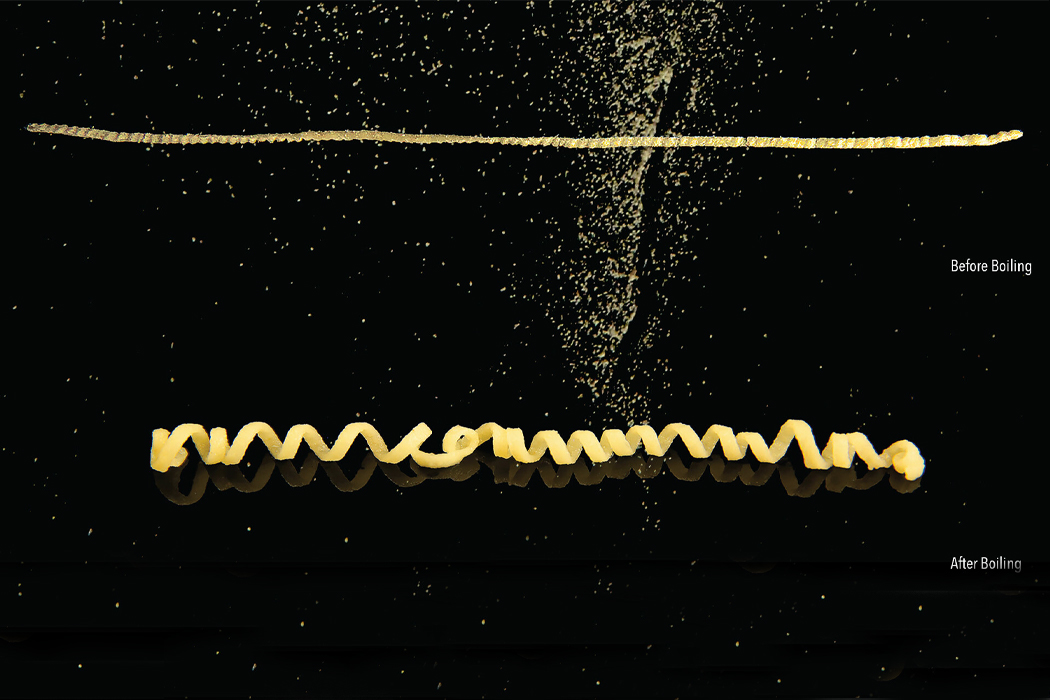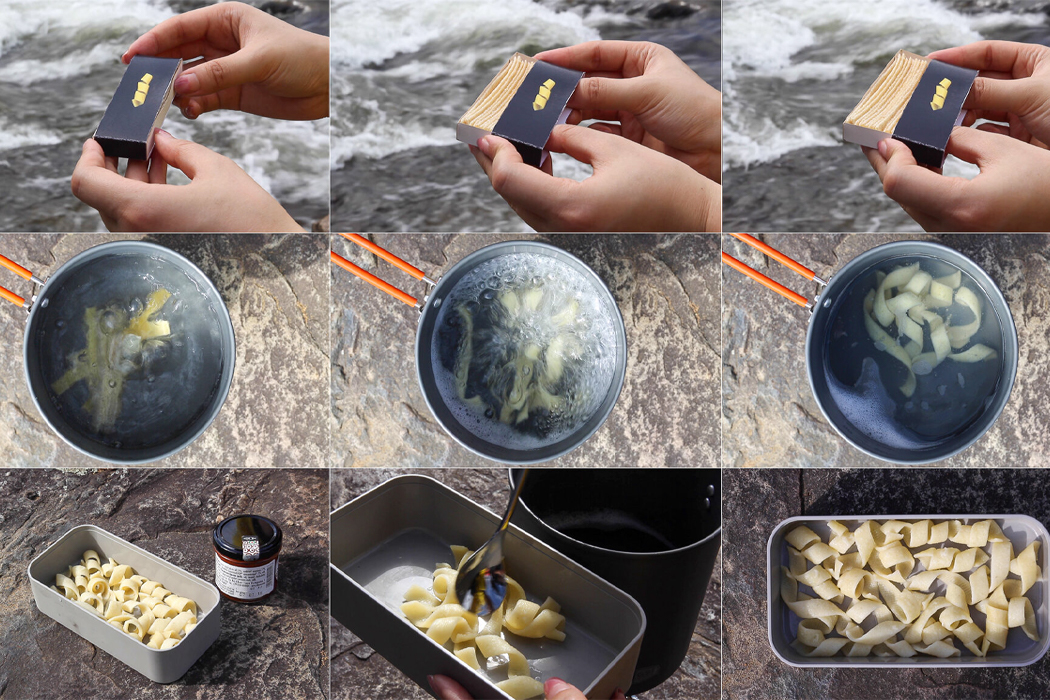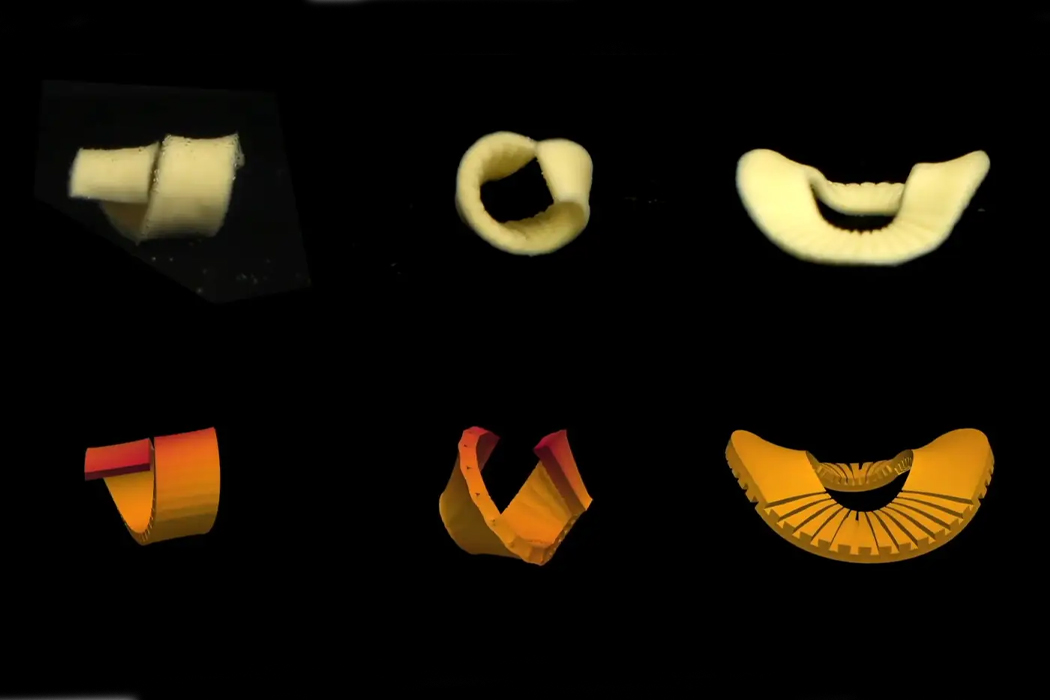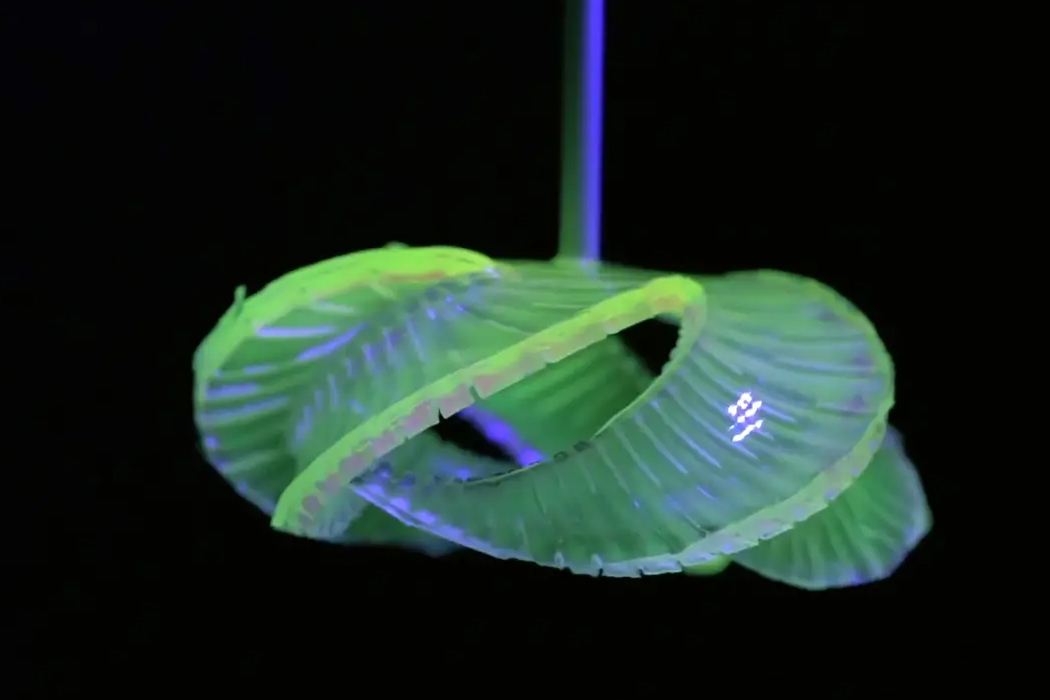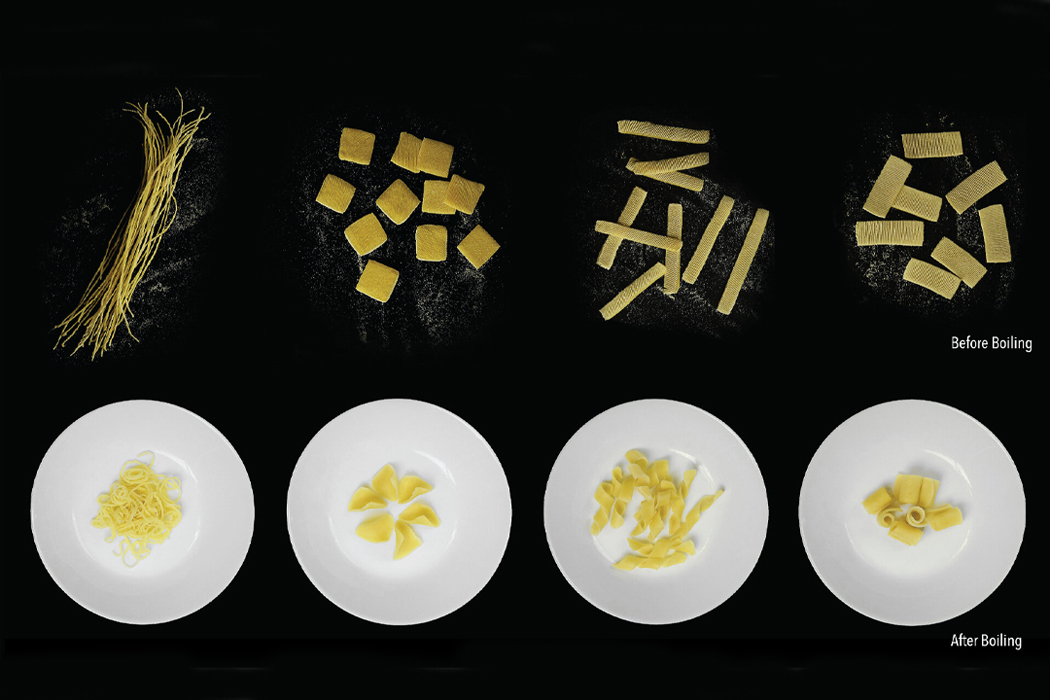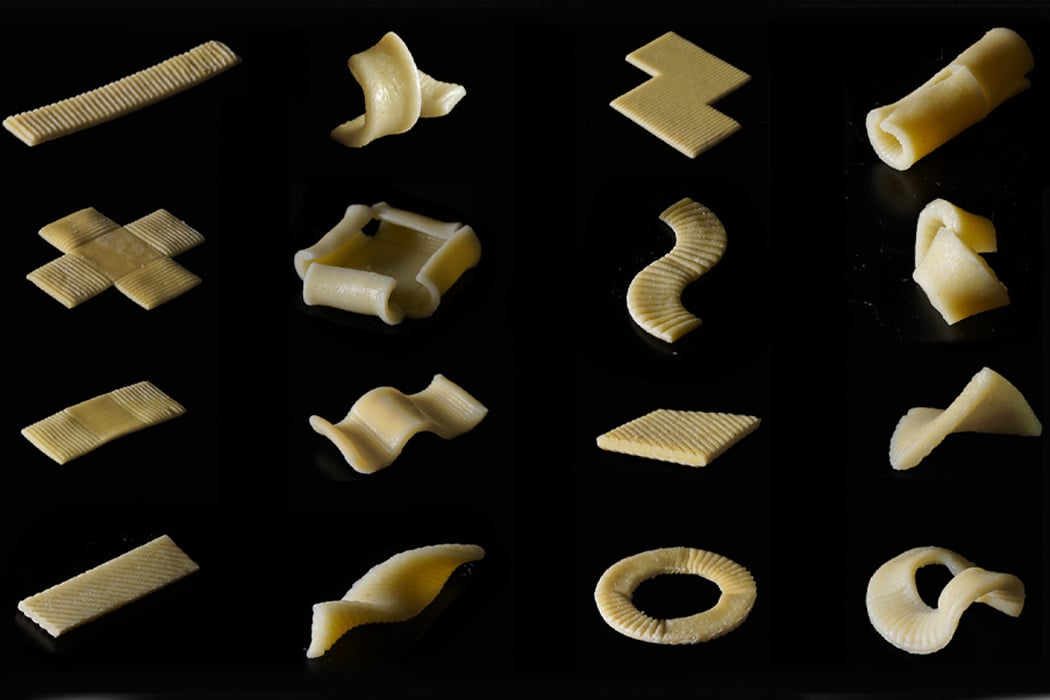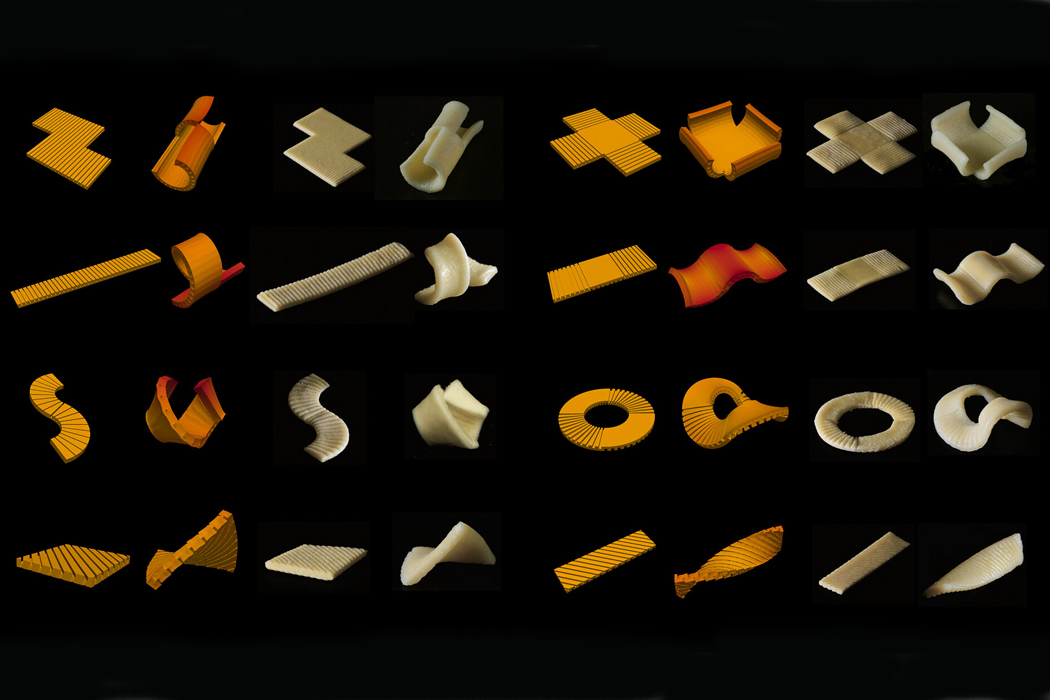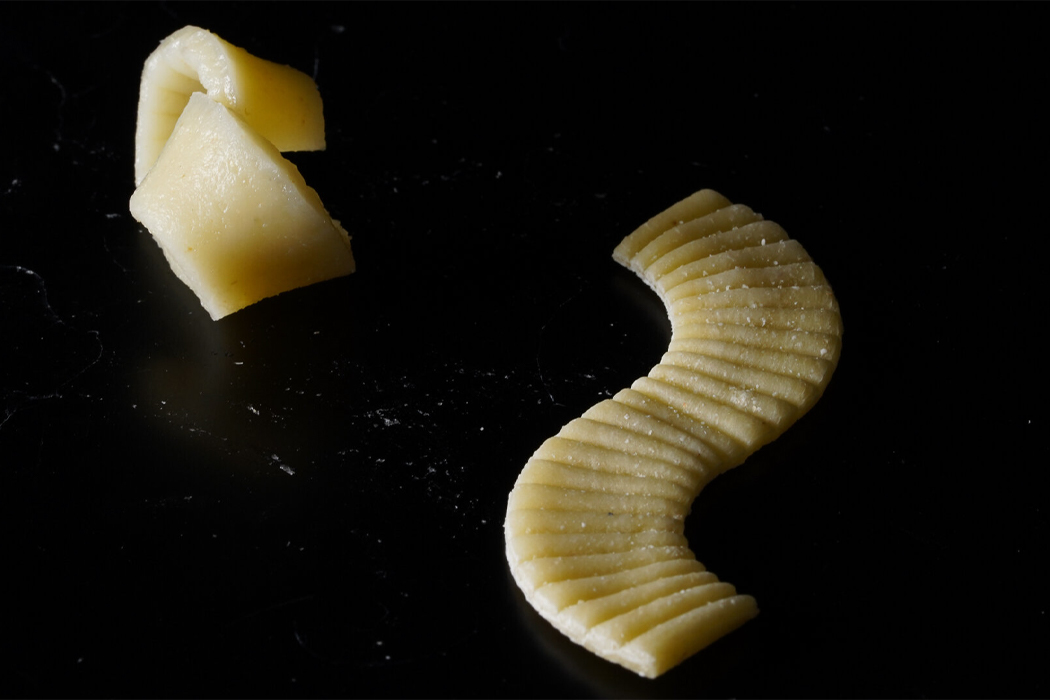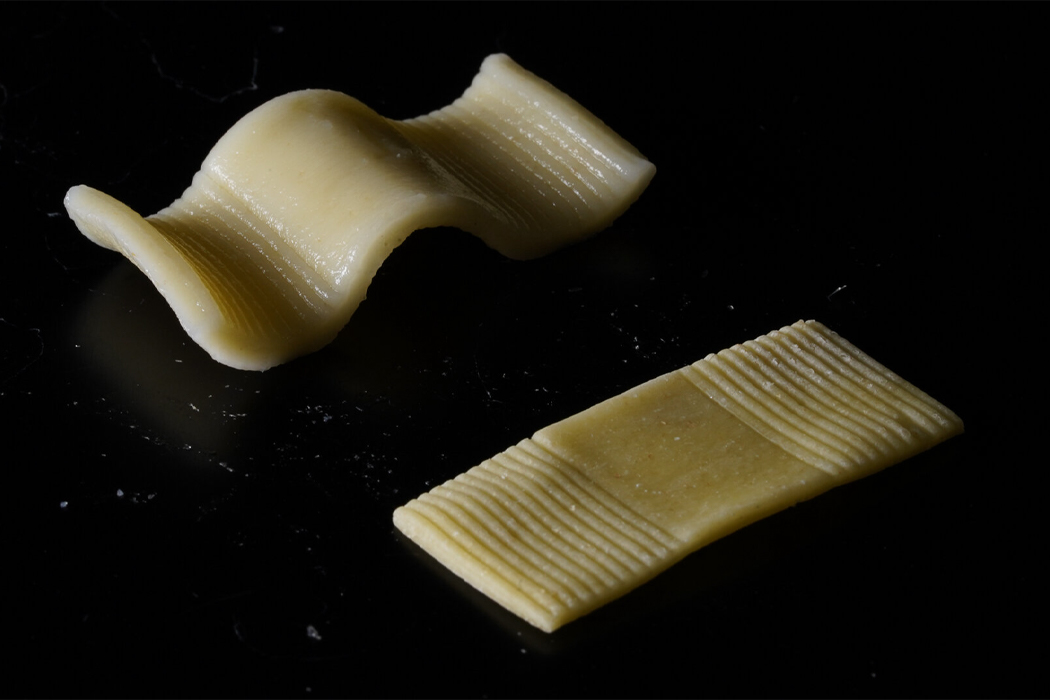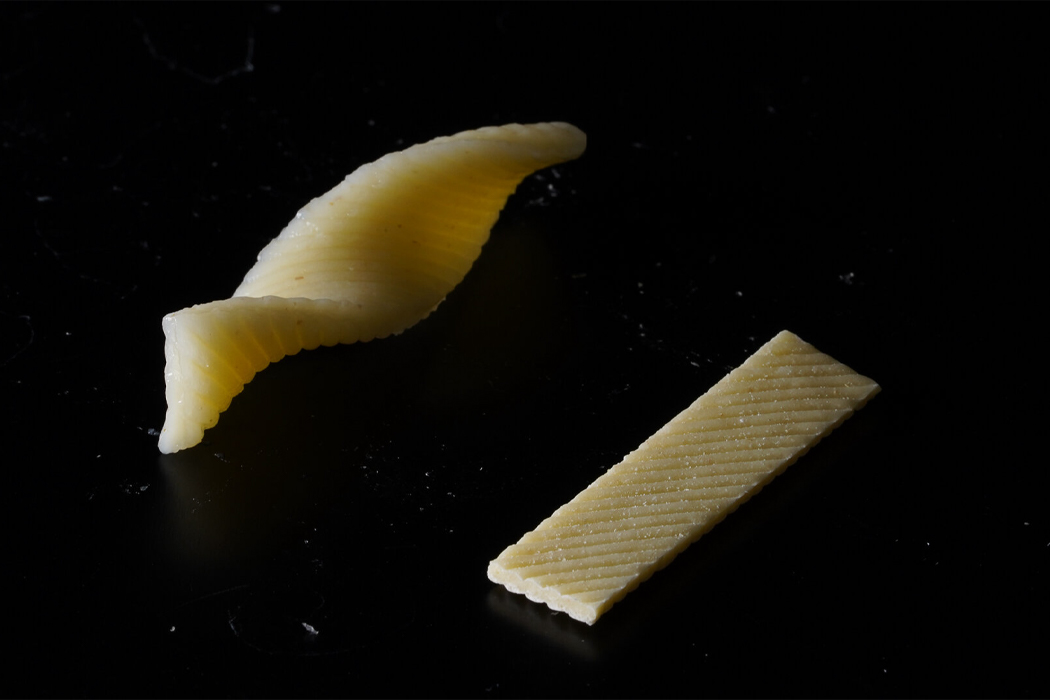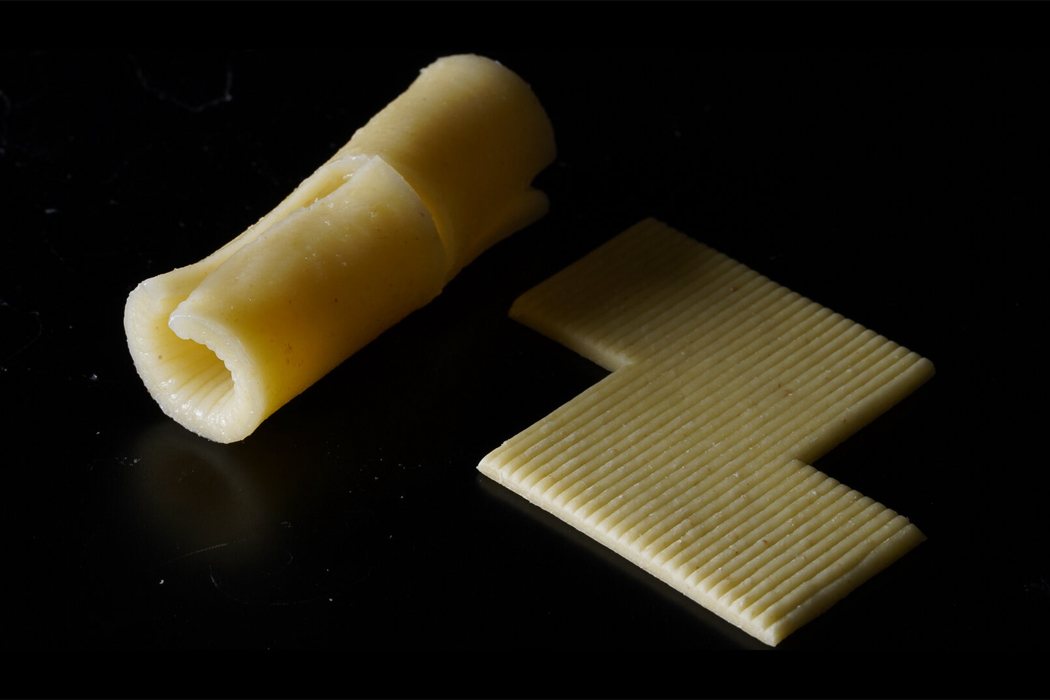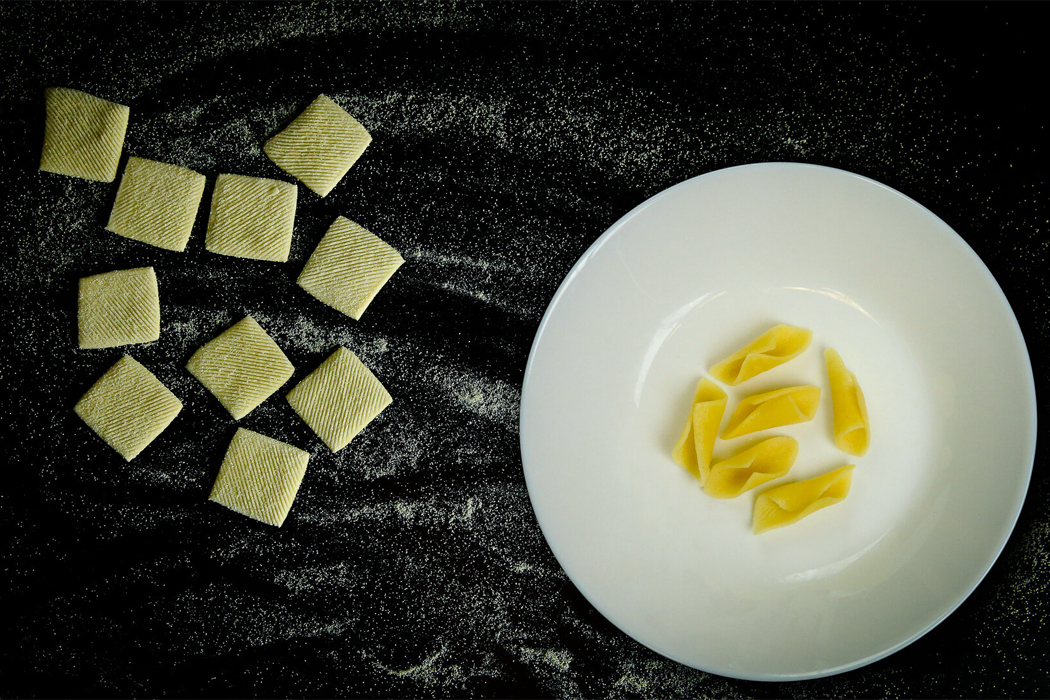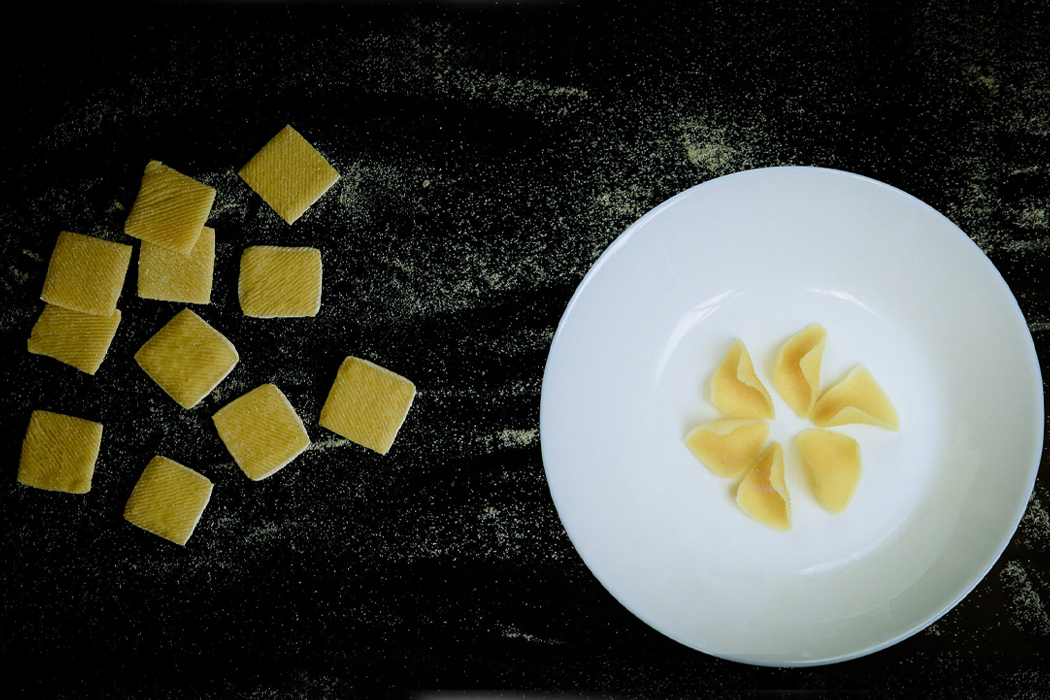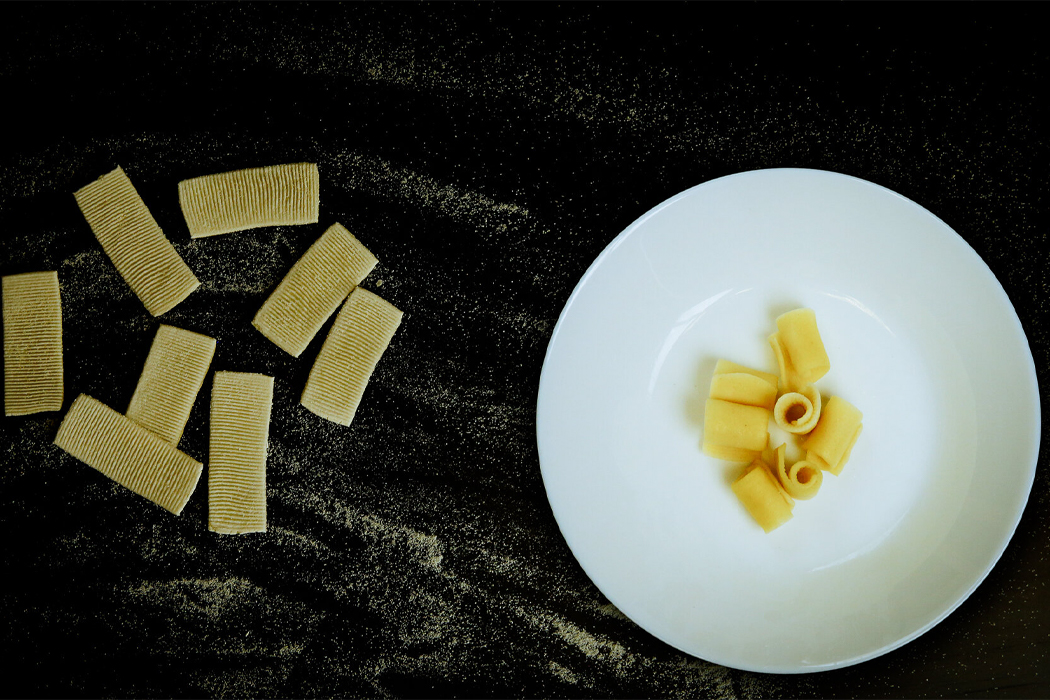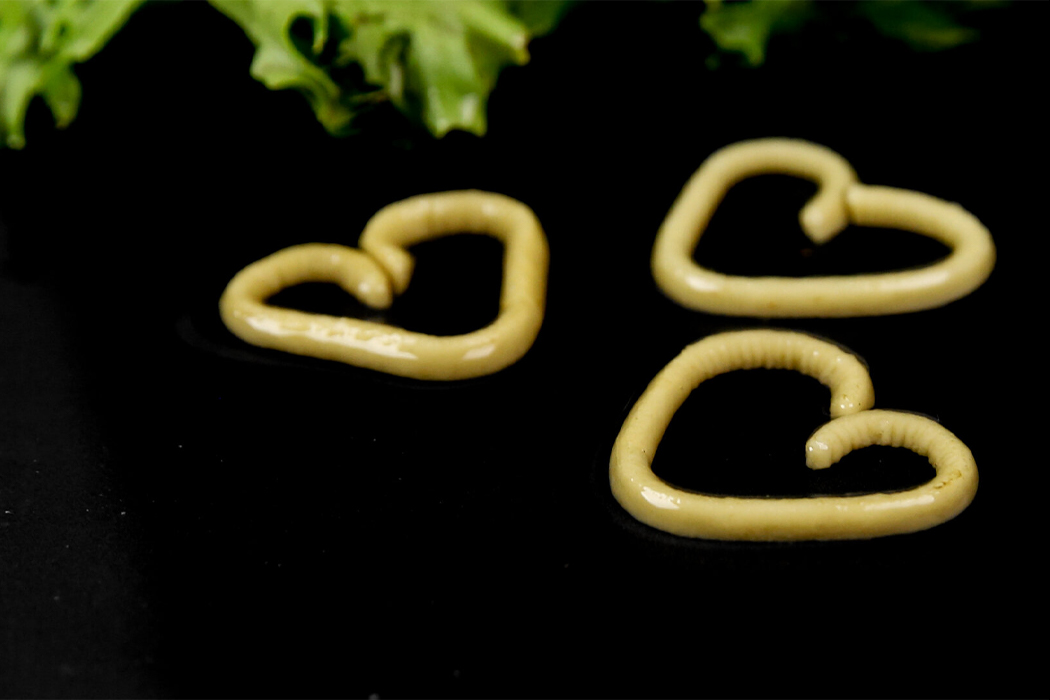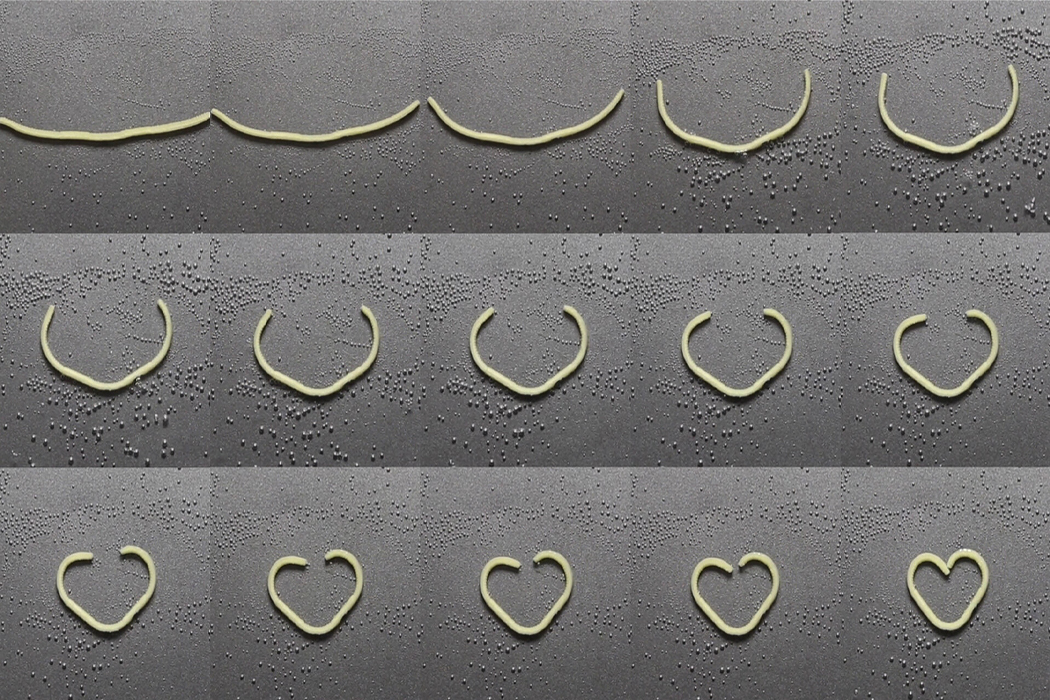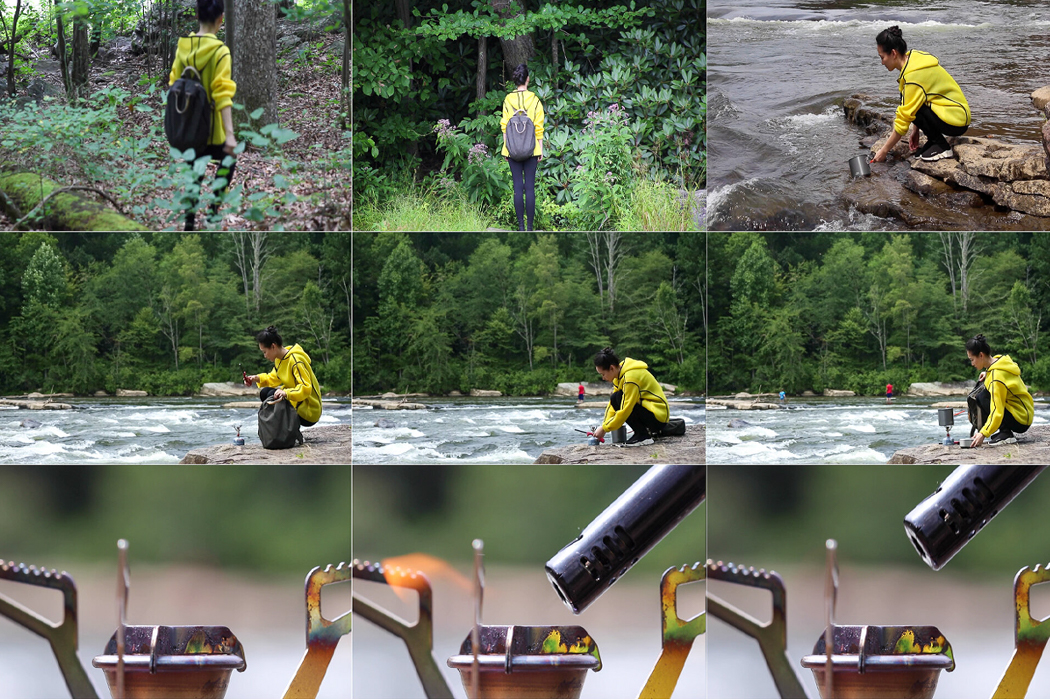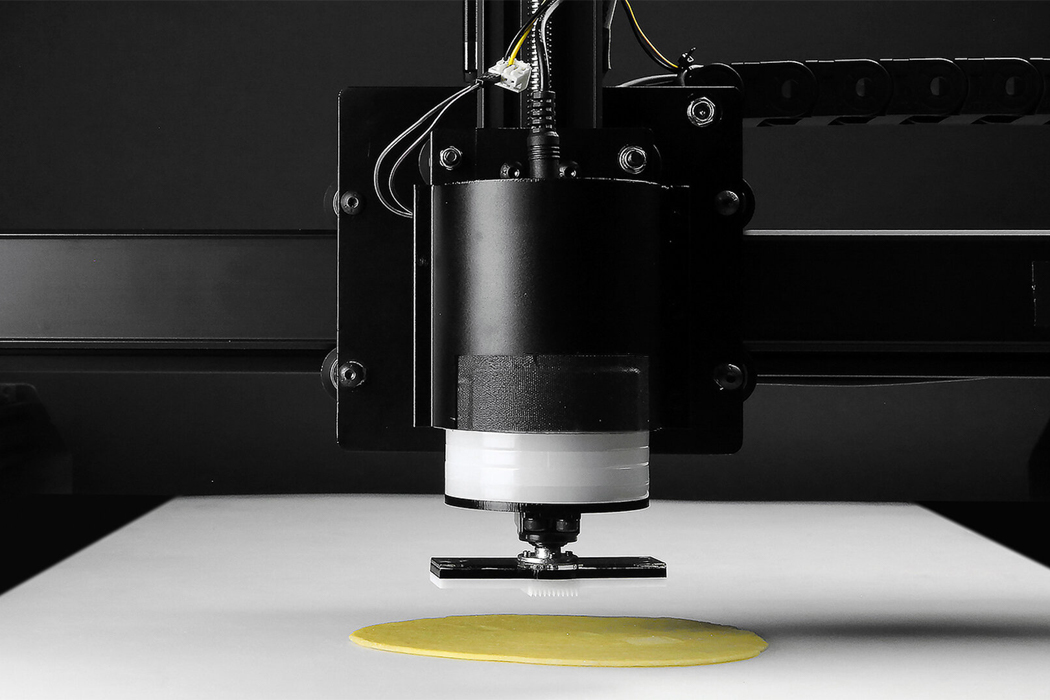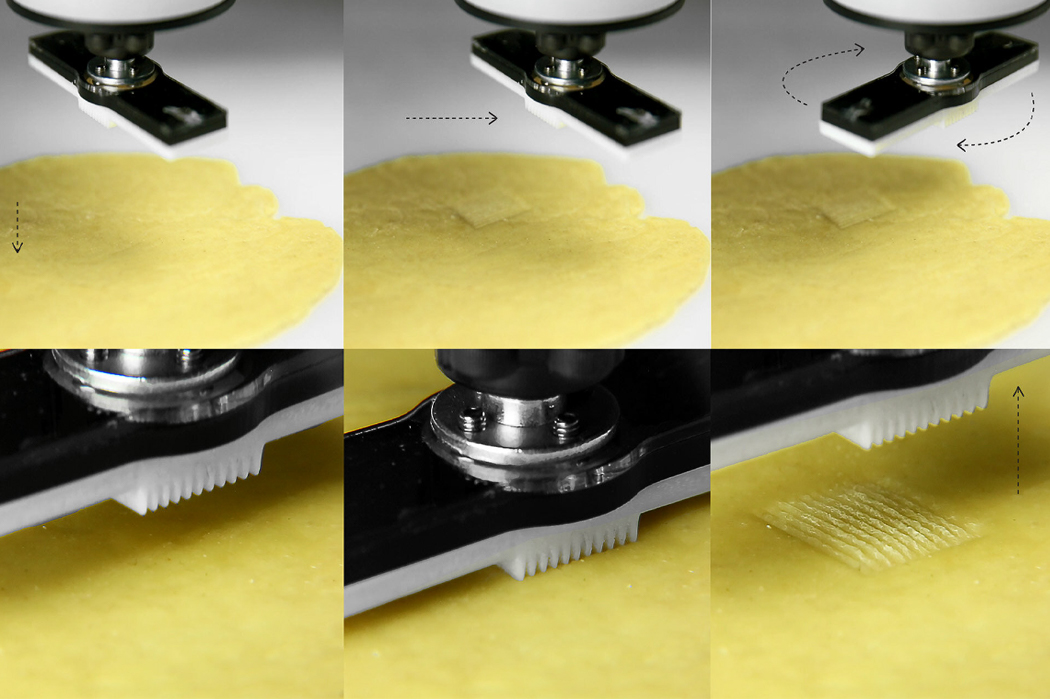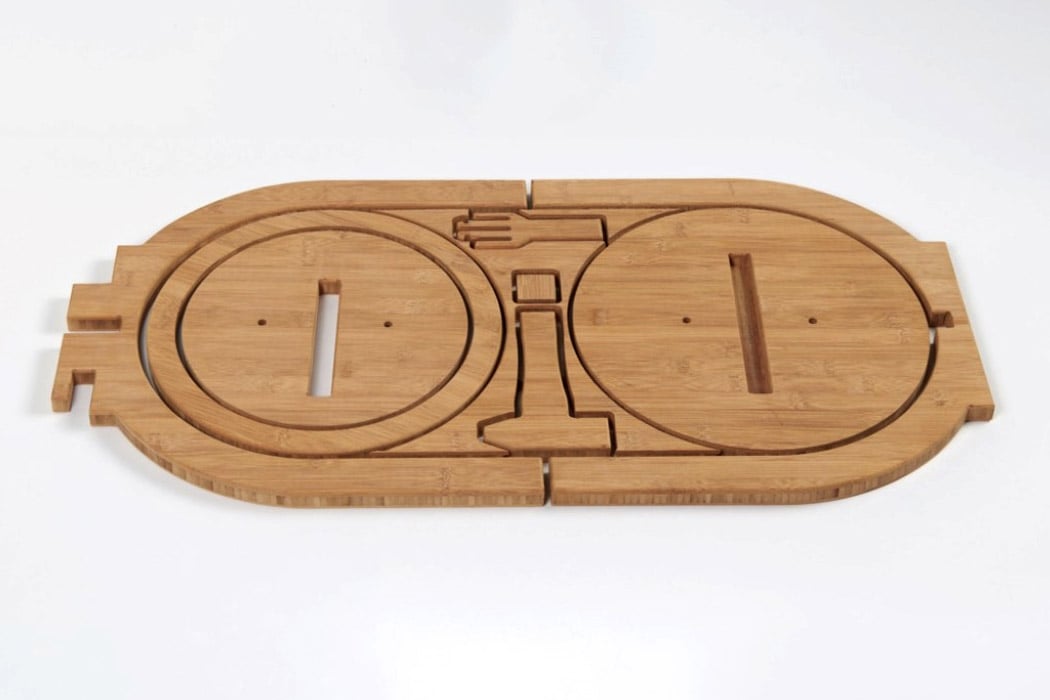
Flat-packed designs are really quite intriguing! They’re portable, easy to put together and occupy minimum space. And, this innovative technique is now being introduced to almost all kinds of product designs! From foldable furniture designs to photo studios and stationery, there’s nothing that cannot be flat-packed. These designs, not only rate high on space efficiency, but also eliminate the usage of heavier space-consuming designs. They are definitely functionally and ergonomically beneficial, but they also possess minimal and clean aesthetics, that allow them to harmoniously blend with any living space. Flat-packed designs are the future!
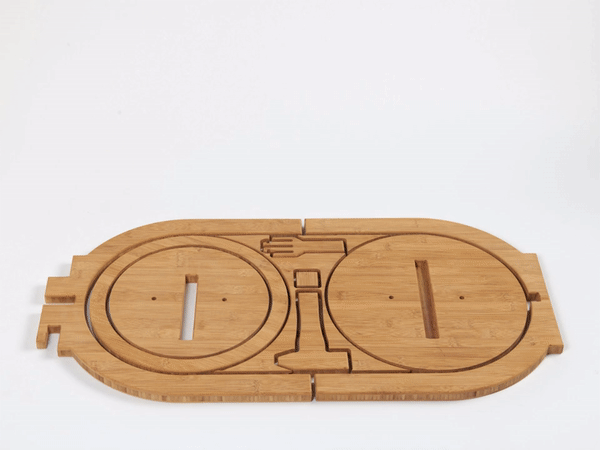
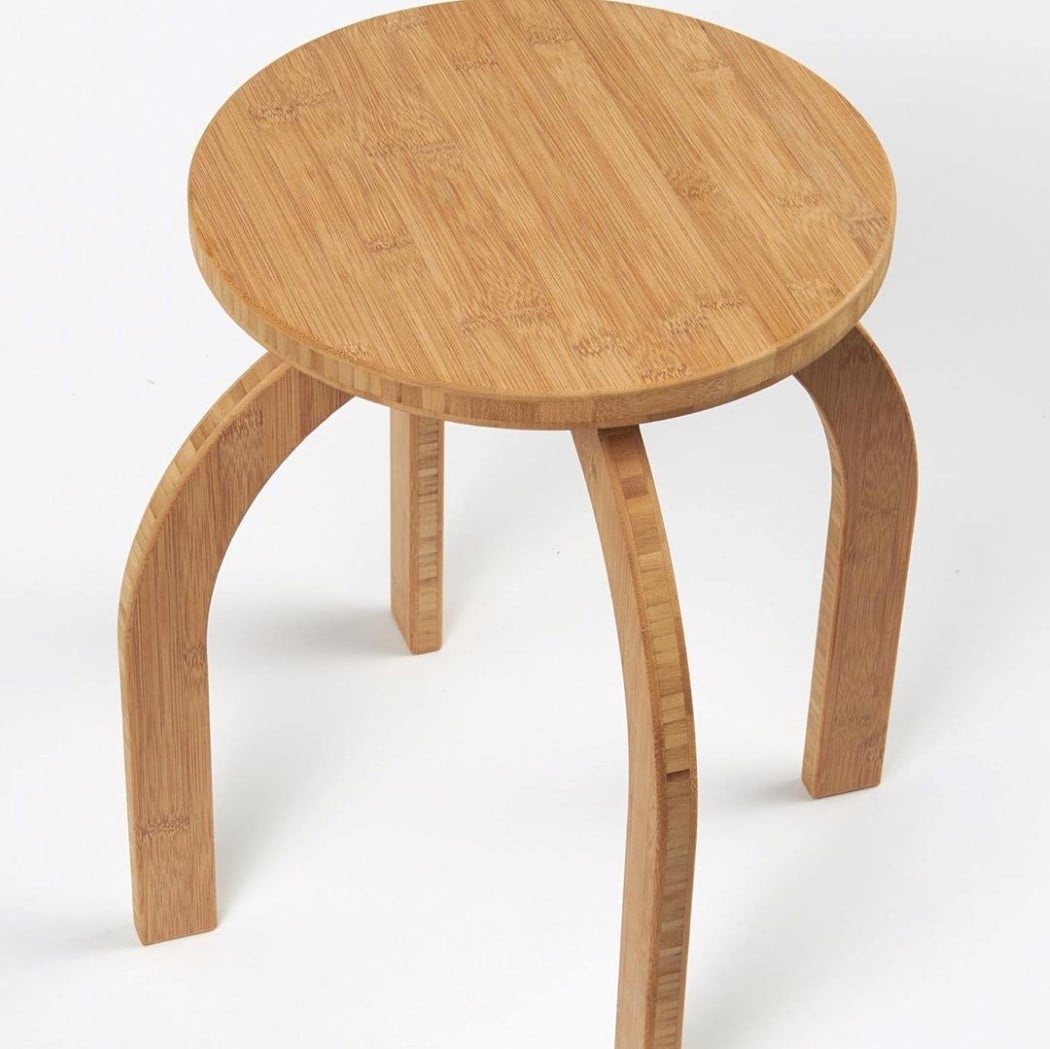
It’s worth noticing how the OO Stool does such a great job of combining sustainability along with technology and a pinch of heritage. Made from a single board of bamboo plywood, the stool is CNC machine-cut in a way that integrates every single aspect of the stool into its design. Everything you need to build the OO Stool sits within that flat-packed jigsaw puzzle of bamboo pieces, minimizing waste by using as much negative space as possible. The legs form the outside, while the dual-layered seat of the stool sits on the inside, with the negative space being filled by tiny rectangular pieces that help lock the stool in place, and even a bamboo hammer to help assemble the stool! The OO Stool uses absolutely no glue, screws, or nails… just really smart designing and Japanese joinery techniques.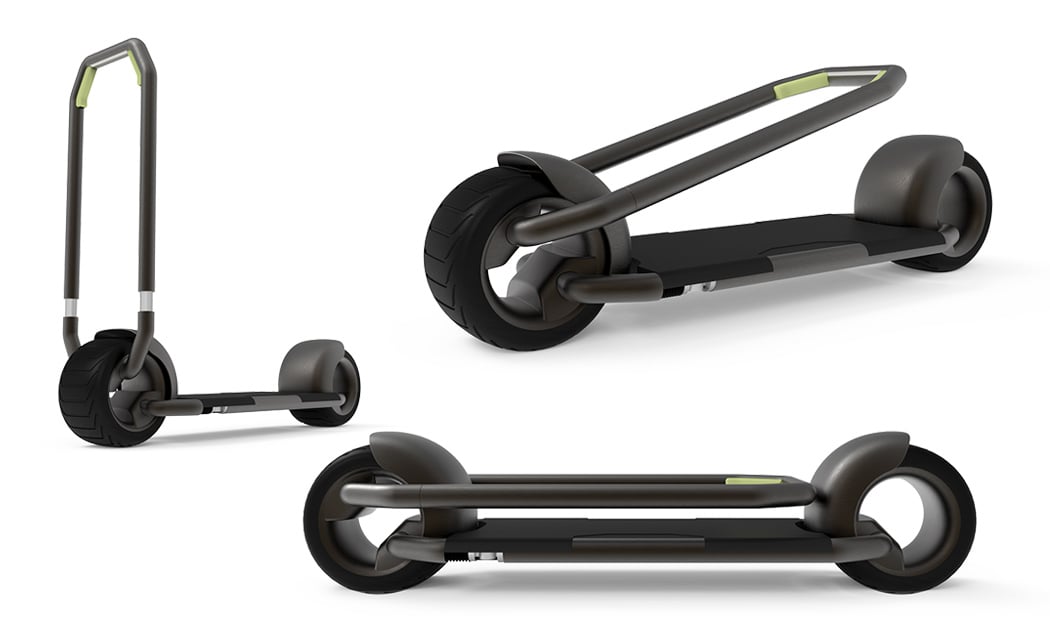
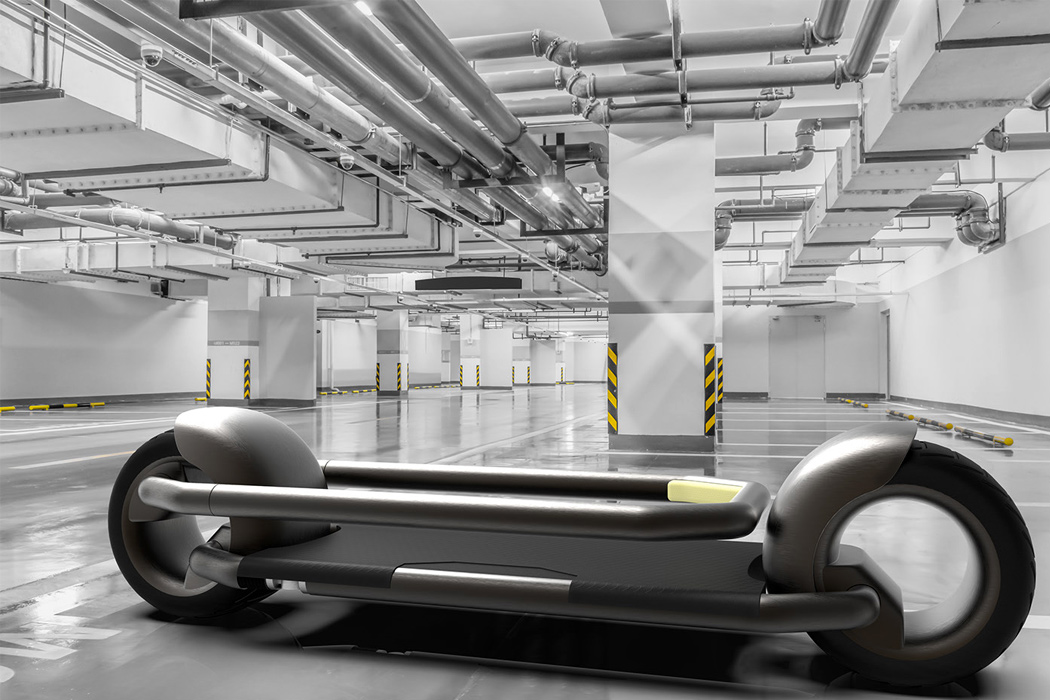
Ekaterina Tiholova designed her version of an electric scooter, and to be honest…it looks like a flat-packed one! Tiholova’s scooter features a plain black base supported by two bulbous wheels. Its metallic grey and matte black looks are eye-catching, with a flash of lime yellow where you hold onto the handle, sealing the deal. The intricately treaded front wheel leads up to a quadrilateral-shaped handle, the scooter’s most unique feature! The handle provides you with a strong grip, allowing you to maneuver the electric scooter, however, when not in use it can be folded back so that it lays directly above the base of the scooter. Once folded, the scooter resembles a sleek platform, one that can be easily stored away.
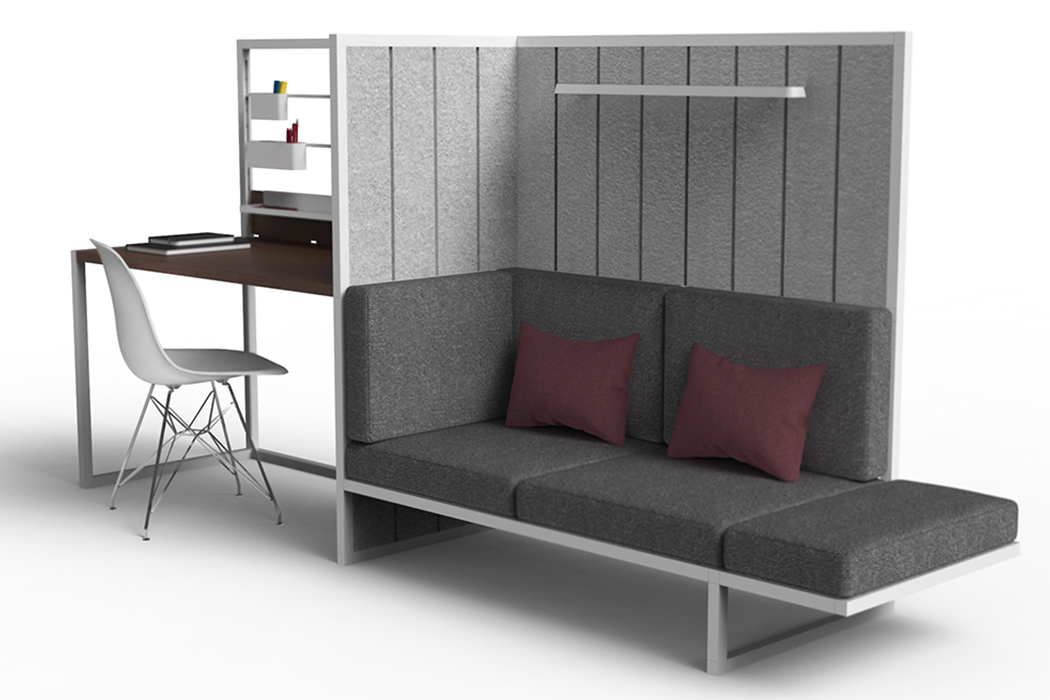
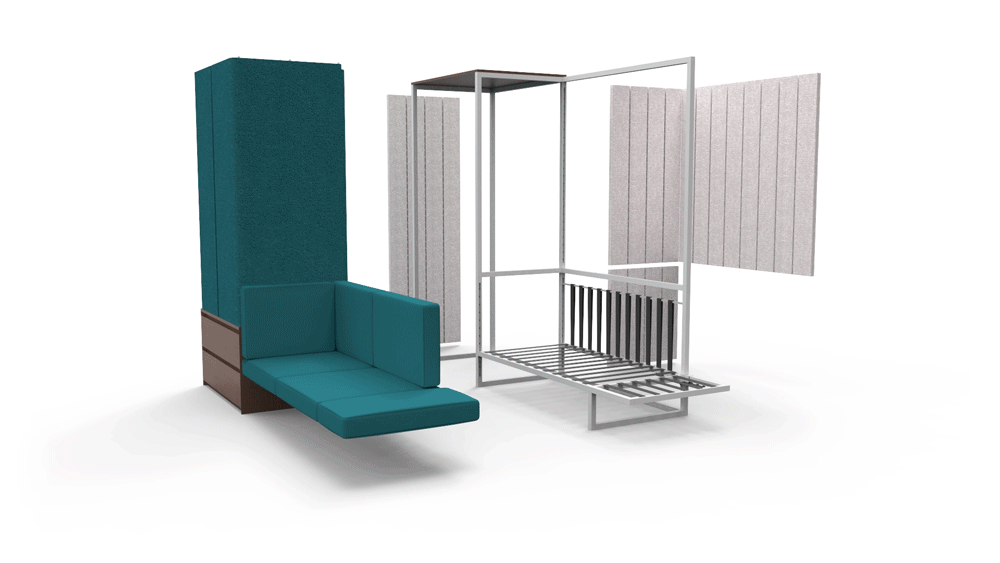
How cool would it be if we could roll up our furniture just like we roll up our clothes to save space right? Well, designer Richard Price kind of make it happen by creating Plus+ – a flat-packed furniture system that maximizes living space and minimizes storage space! Plus+ fits your needs and comes with multiple configurations. The flexible furniture system increases its likelihood to adapt by using a snap-together frame with a joint system across the whole range. The modular design can be easily be assembled and upgraded with new features or additional accessories which enables it to grow with your needs or new spaces.
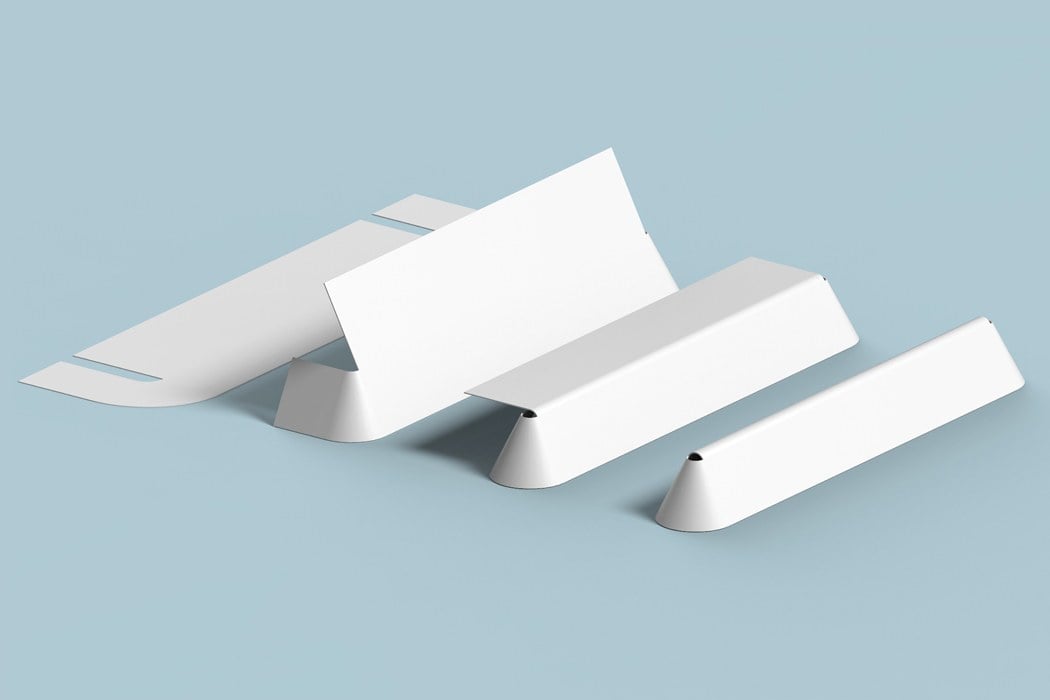
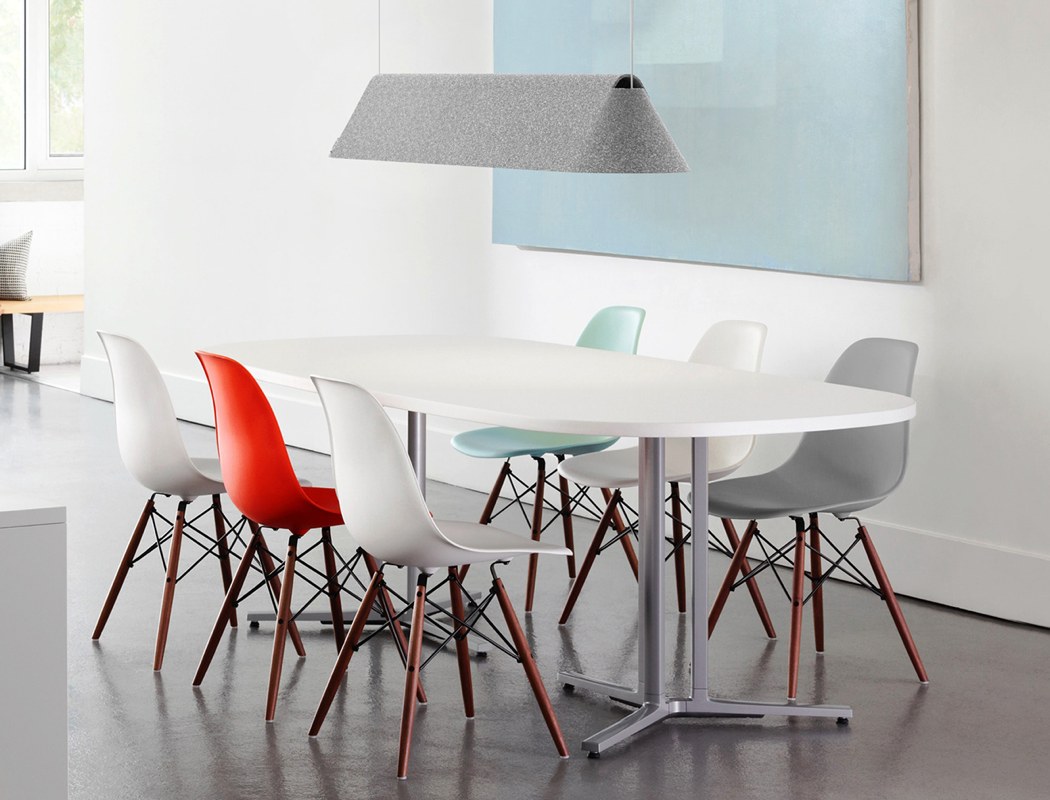
Products can be functionally beneficial and aesthetically beautiful without having to be complicated. Fold Lamp proves just this. Destined for a life within a domestic dining room, the magnesium lamp is elegantly suspended from the ceiling, introducing a gentle glow to the room. However, elegant aesthetics aside, it’s the consideration to the manufacture of the product that makes this project so intriguing. Constructed out of a single piece of magnesium that has been efficiently metal-stamped, Fold Lamp doesn’t require any additional hardware! So, what benefit does this have? Well visually distinctive form aside, in the unfolded orientation, it can significantly reduce shipping expenses from international manufacturers!
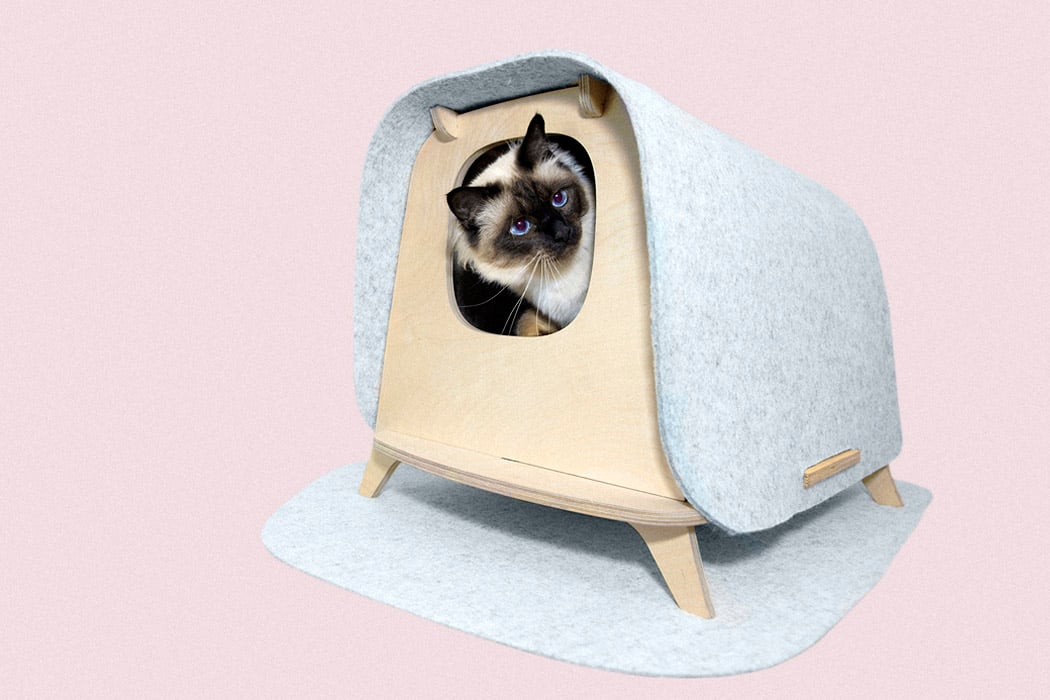
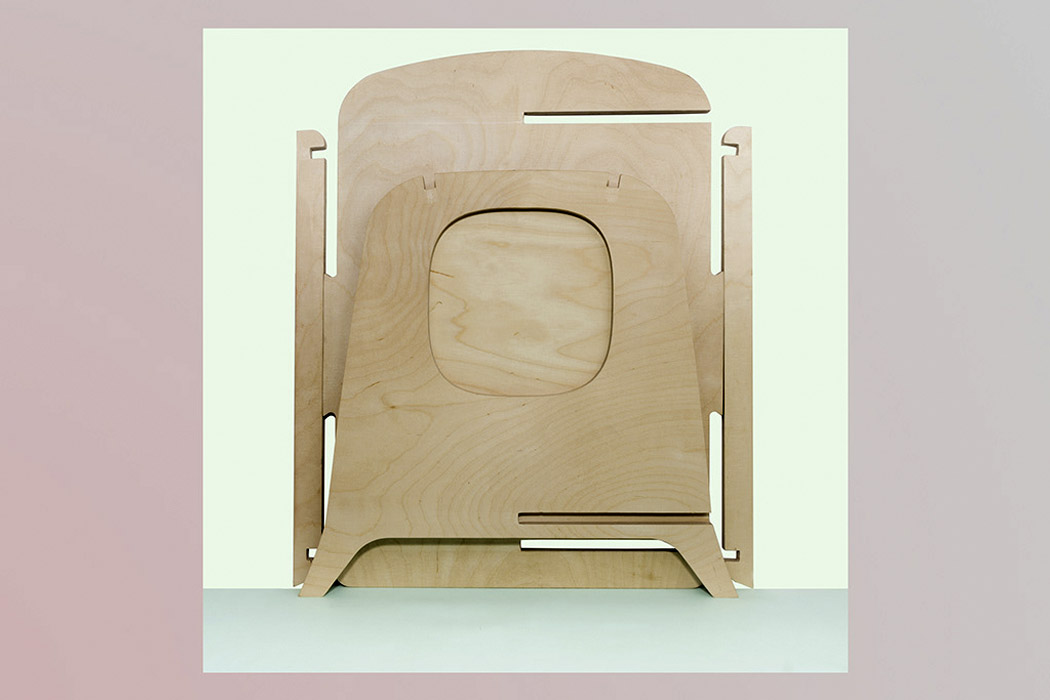
Created using merino felt wool and birch wood, the Wool Lodge is a safe haven of sorts for your pet. You can arrange and form the flat-packed structure by yourself easily. The lodge features merino felt roof, with the rest of the structure being made from wood. Defleur’s lodge basically has two functions. Spacious enough to fit your cat’s litter box, the lodge shelters the box within its structure. Your cat can sneak away, and pee or poop in privacy, away from any prying eyes. On the other hand, you can install a soft cushion or mattress instead of a litter box in the lodge. This creates a personal space for your pet, it could be a cat or a doggo on the smaller side! Whenever your pet wants to simply relax and getaway, they can hop into the shelter, safe from any external noises or extreme temperatures.


With the Foldio3, tongue-tantalizing photographs are just literally a portfolio case and 10 seconds away. While most traditional photo set-ups comprise a room full of equipment and hours of setting up, the Foldio3’s innovative design puts all of that into a small flat-packed case that can fit right under your arm. Open it out and assemble it using the magnetic locks and you have yourself a studio-grade lightbox for your product photography. On the top of the box are 3 LED strips too, negating the need for those massive bulky studio lights. The Foldio3 comes with two backdrops too, black and white, depending on the kind of shot you need. You can even use your own green backdrop for those green-screen applications.
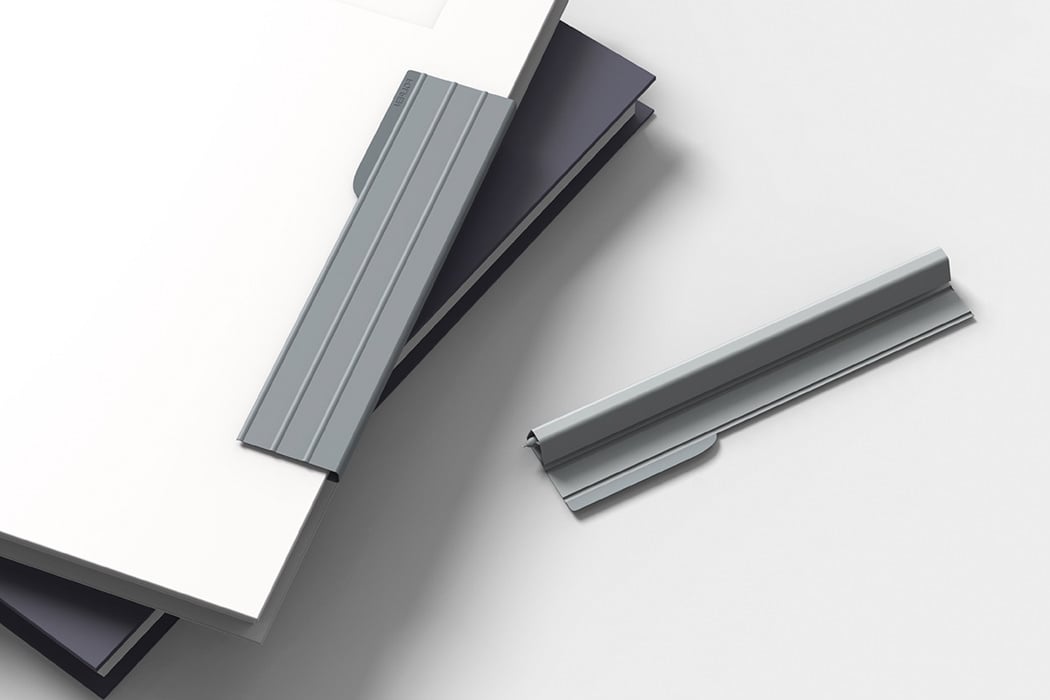
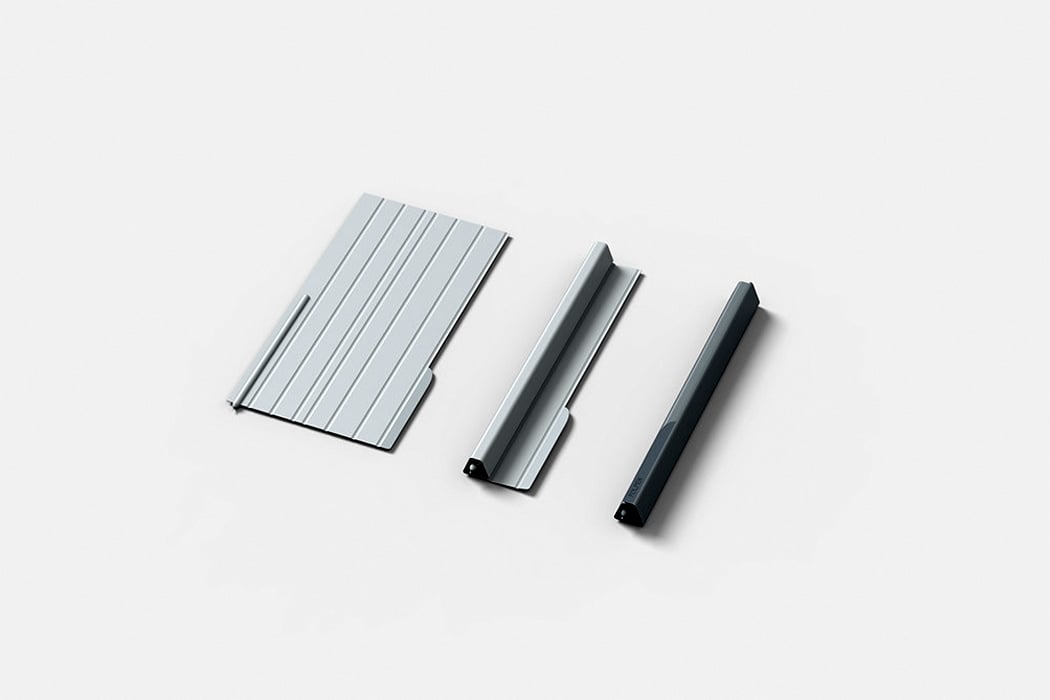
The Folpen is tinier and more compact than your usual pen, however, what sets it apart are its components. The pen comprises of an ink refill and a plastic sheath. Surrounded by a ribbed plastic sheath, resembling the covers used to protect our iPads and tablets, the refill is enveloped by the sheath, forming the pen’s body. With the sheath folded around the refill, it snuggles comfortably within and only its much-needed nib peeks out. On folding it, the cover forms a triangular flat-packed structure around the refill, creating a pen with an ergonomic form that is easy to hold and operate, as well as to carry around. The end of the cover has been equipped with a magnet, so you simply wrap the folded pen onto a book, and it attaches itself to the book instantly.
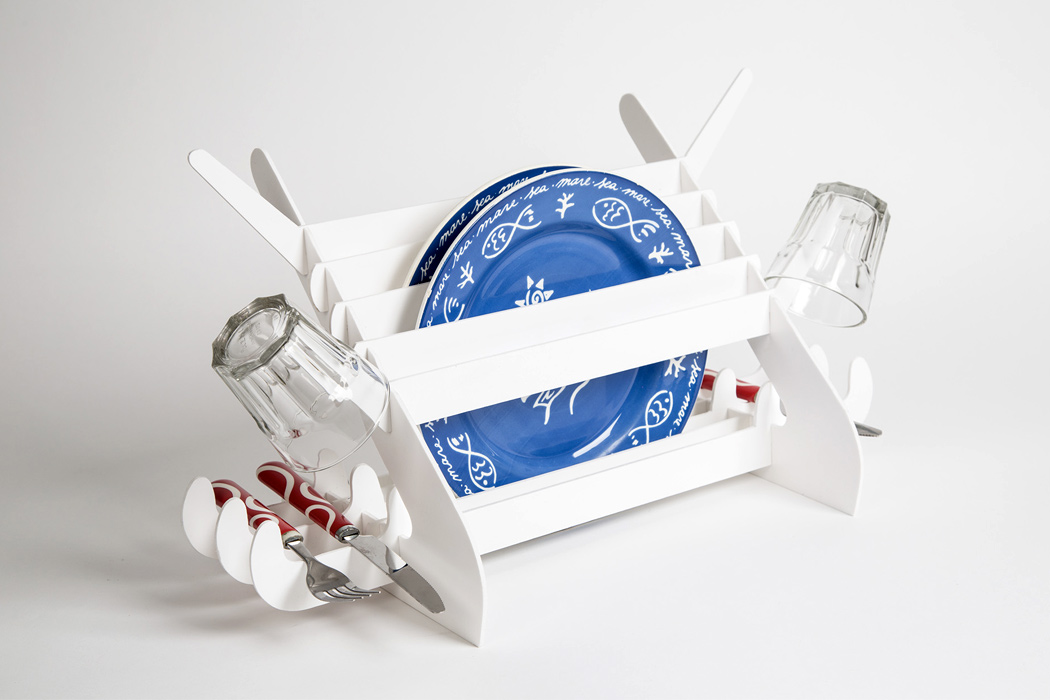
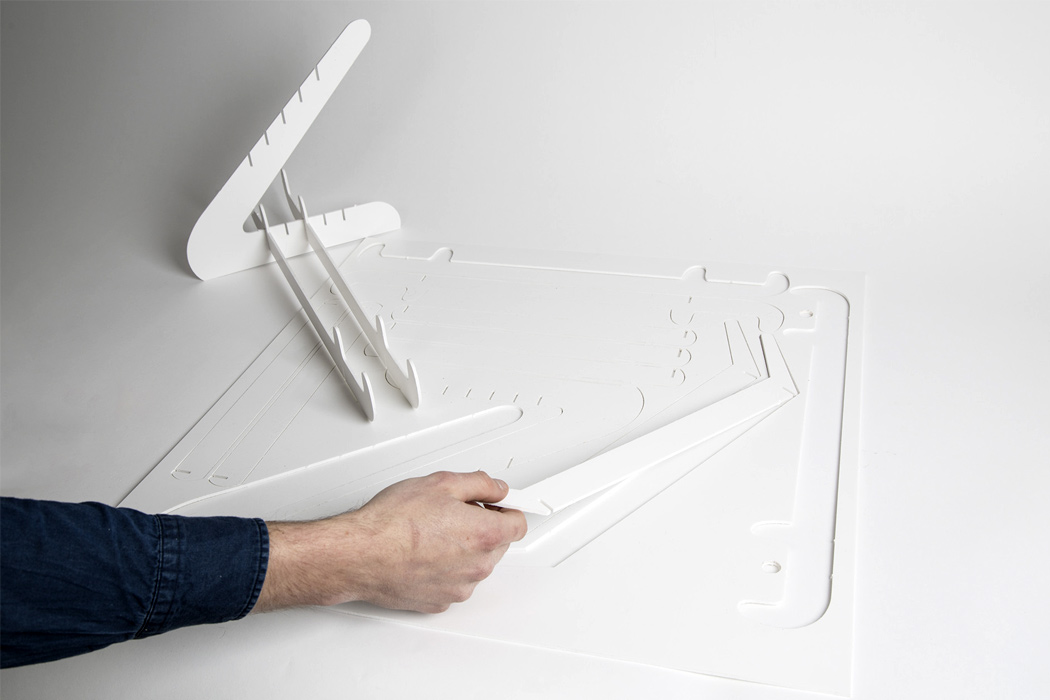
Nube is a dish drainer or a drying rack that can be easily assembled and disassembled as a…you guessed it, puzzle! Crafted from plastic, Nube comes in the form of a white rectangular panel, the varied parts of the drying rack (like puzzle pieces) have to be pulled out from the flat sheet and carefully assembled! Nube can be put together without the use of any tool. All that’s needed is some rational thinking and patience. Nube’s disassociative nature makes it super portable, and a kitchen product that can be easily carried whenever the need arises. It can be easily disassembled, to create more space in the kitchen, hence making it a product that rates high on space efficiency as well.
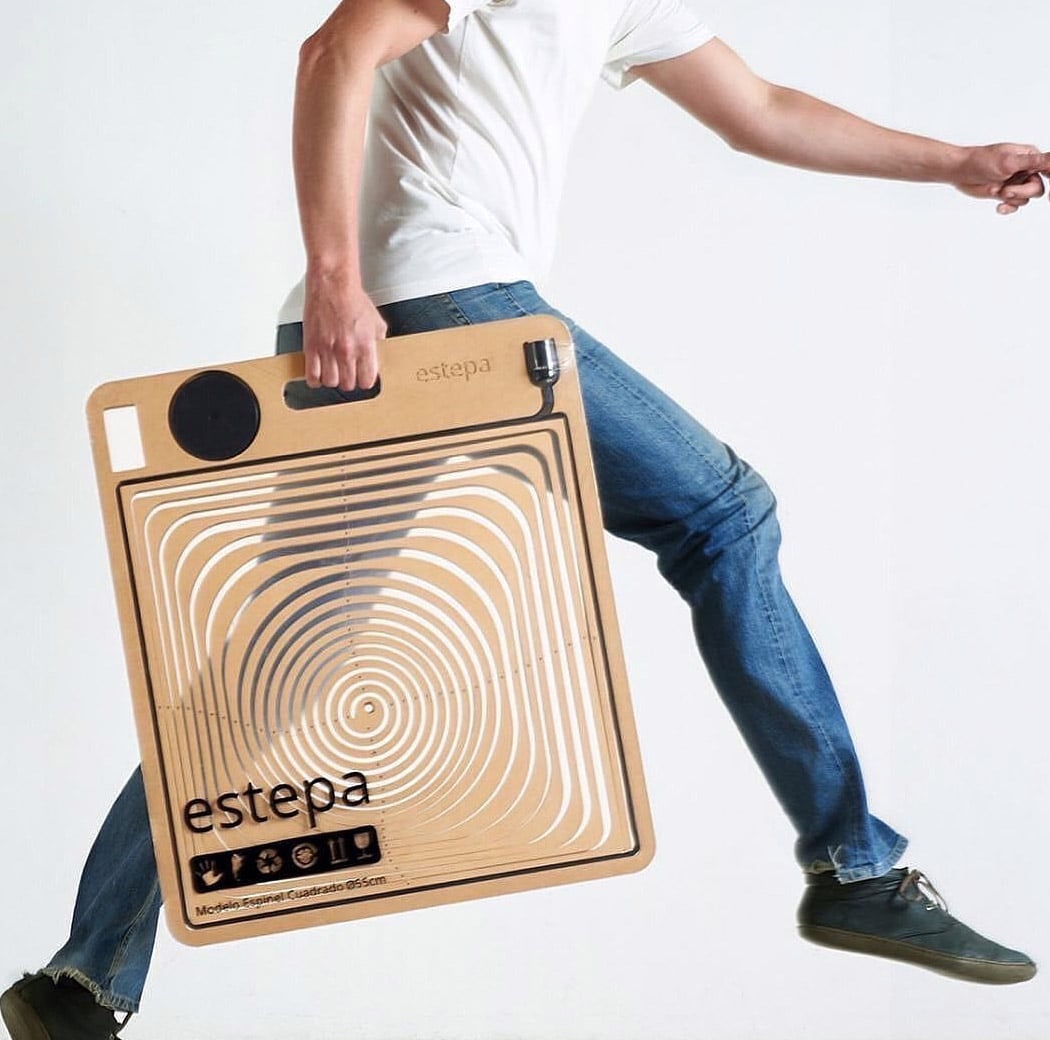
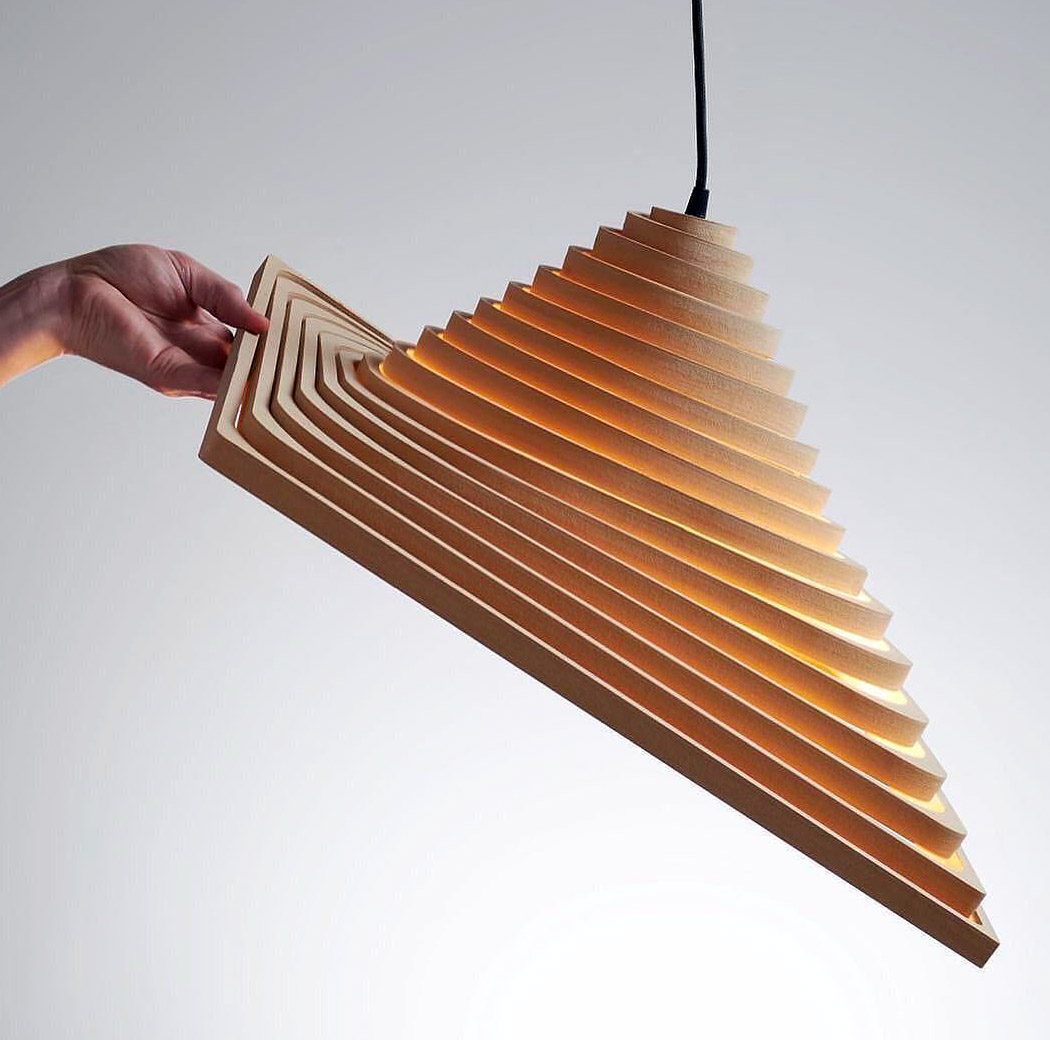
This flatpack design unfolds into a layered lamp! Spinel is a hanging light designed to be easily transformed. The main goal was to create a product that didn’t take up too much space and was also sustainable. “Our responsibility as designers is to produce objects that occupy the smallest possible volume. The purpose is to use the least amount of raw material, producing long-lifespan objects that can be easily recycled,” says Guille Cameron. The origami-like form is minimal, elegant, and certainly unique. Unfolding the lamp adds a dynamic layer to the product and the wooden design itself is a warm addition to any space.
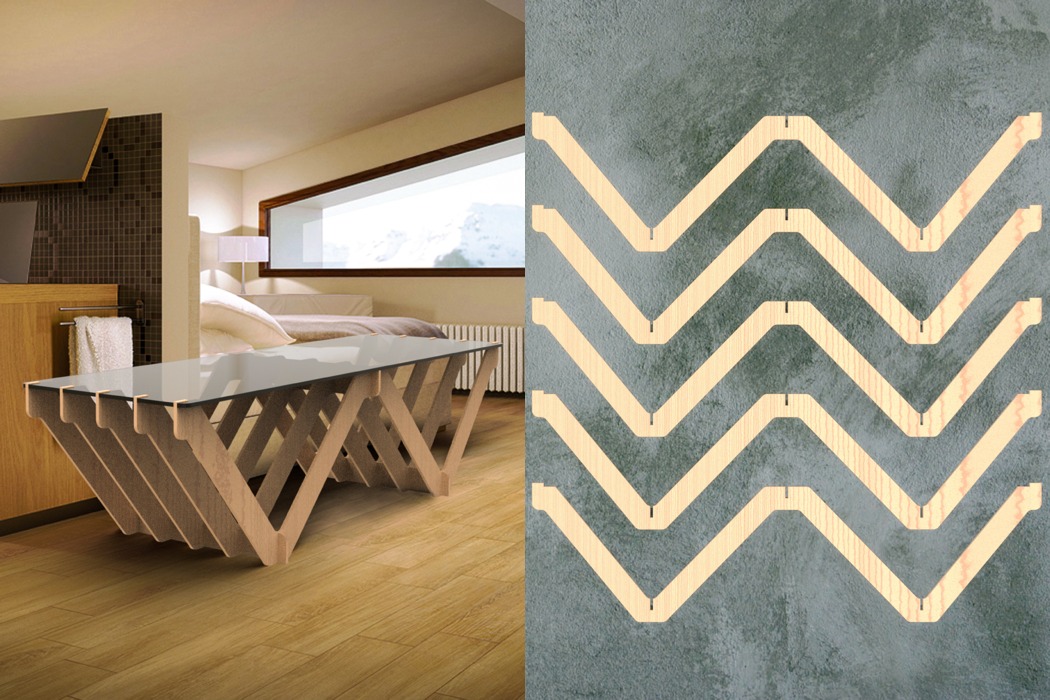
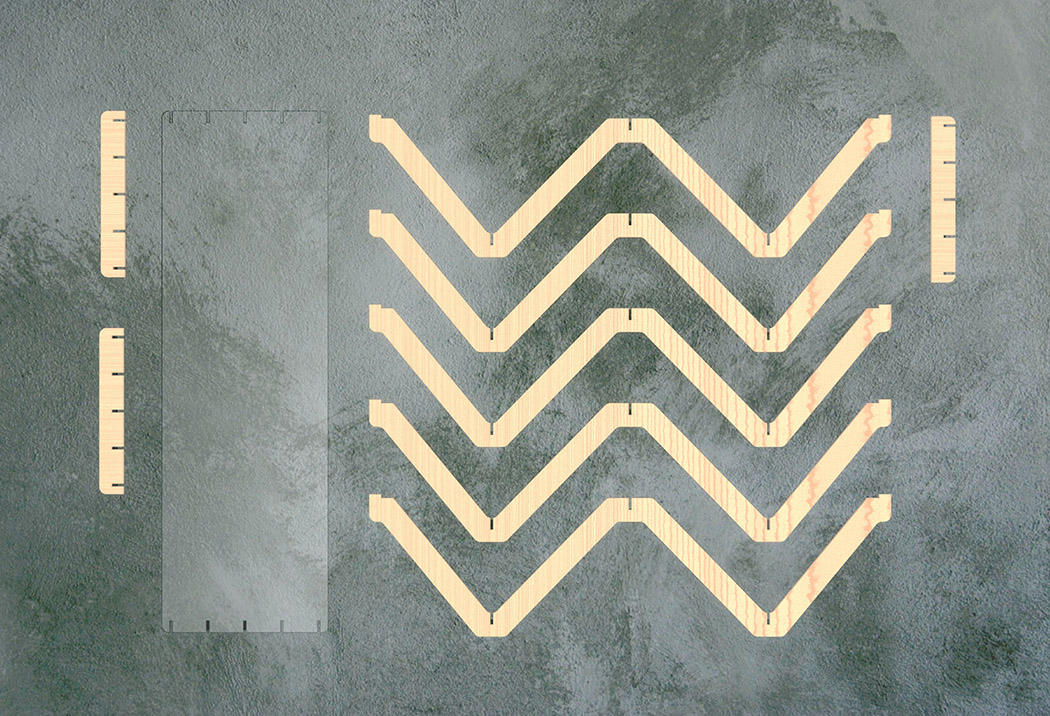
This interesting bench concept by Ethan Stoltz has such a substantial 3D footprint that you’d never guess it’s actually capable of being flat-packed! The design is composed of just nine elements including five-leg beams, three support slats, and a clear top. Without any screws or glue, all pieces can be assembled in seconds and fit together snugly to create one robust and sturdy unit. Despite its modern, utilitarian form, its classic material combination of wood and glass/acrylic makes it a natural addition to any space, contemporary or traditional.
